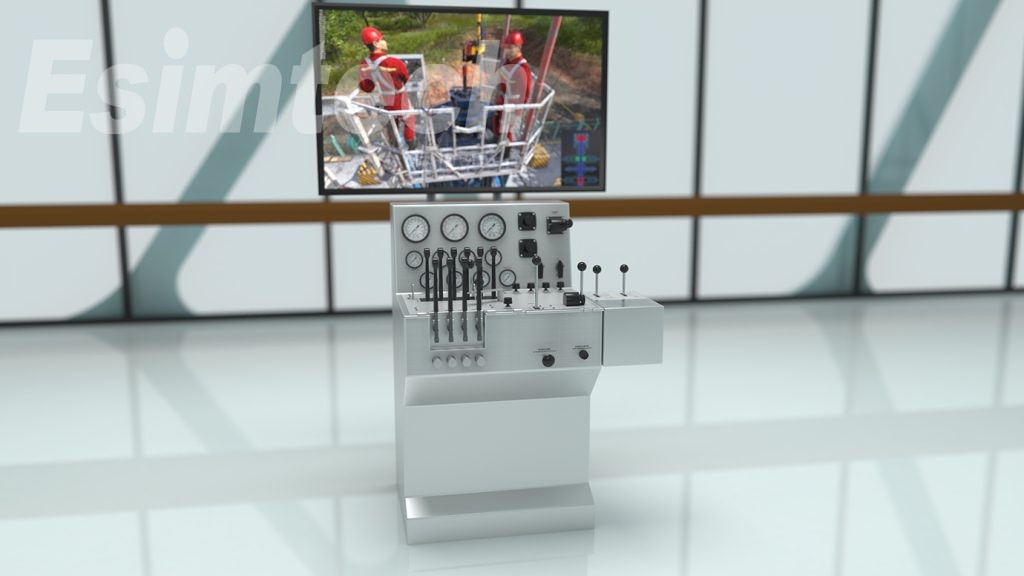3 Key Points Of Oil and Gas Simulation: Challenges, Applications and Trends
Oil and gas simulation has become increasingly important in the petroleum industry, providing engineers and operators with valuable tools for decision-making, optimizing performance, and reducing costs. However, there are several challenges and limitations associated with oil and gas simulation that need to be considered:

Data availability: Accurate simulation requires a significant amount of reservoir data, which may sometimes be incomplete, outdated, or difficult to collect. This can hinder the development of effective simulation models.
Uncertainty: The oil and gas sector is characterized by various uncertainties, such as fluctuating oil prices, evolving regulations, and unexpected geological features. Dealing with these uncertainties makes it challenging to develop realistic simulations that can confidently estimate production and reservoir dynamics.
Complex models: Simulating oil and gas reservoirs often involves the use of complex mathematical models that can be difficult to understand and interpret. Communicating simulation results to stakeholders and decision-makers can be a daunting task.
Computing power: Running simulations requires substantial processing power, which can be costly and time-consuming. Large datasets may slow down or even crash simulations, further complicating the process.
Model assumptions: Simulation models are built on numerous assumptions, which may or may not accurately represent the real-world conditions. Incorrect assumptions can lead to inaccurate projections, such as assuming a homogeneous reservoir when it is actually heterogeneous.
Limited scope: Simulations often focus on specific aspects of the reservoir or production process, making it challenging to capture the full complexity of the system. This limitation can result in incomplete or erroneous results.
Despite these challenges, oil and gas simulation finds wide applications in various areas:
Reservoir Management: Reservoir simulators are used to model the behavior of oil and gas reservoirs, enabling engineers to optimize production rates. This application has proven successful in maximizing output and increasing oil recovery rates.
Wellbore Design: Wellbores are designed using simulation to account for factors such as fluid output, gas flow, and pressure variations. Wellbore simulators optimize the drilling process, leading to reduced drilling time.
Pipeline Design: Simulation is utilized in designing oil and gas pipelines, considering fluid characteristics, flow rates, and pressure variations. Pipeline simulators optimize pipeline paths, resulting in cost savings during construction.
Refinery Optimization: Oil and gas modeling optimizes refinery operations by considering feedstock qualities, process conditions, and product standards. This application helps minimize energy consumption, increase product yields, and generate significant cost savings.
Training: Simulators are employed for training purposes, allowing operators and engineers to practice and build skills in dealing with various scenarios. This approach ensures safe and controlled learning environments.

Looking ahead, there are several trends and developments shaping the future of oil and gas simulation:
Increasing use of Artificial Intelligence (AI) and Machine Learning (ML): AI and ML technologies are being leveraged to analyze vast amounts of data, identify patterns, and make predictions. These technologies enhance reservoir characterization, production optimization, and operational cost reduction.
Greater integration of simulation tools: Integrated asset simulators, combining reservoir, wellbore, and process modeling into a single model, are gaining prominence. This integration allows for optimizing the entire value chain, from discovery to refining.
Growing focus on sustainability: The industry's increasing emphasis on reducing environmental impact and adopting sustainable practices can benefit from simulation software. Simulation enables maximizing production while minimizing the ecological footprint of manufacturing processes.
Greater use of Virtual Reality (VR) and Augmented Reality (AR): VR and AR technologies can create immersive training environments and aid in visualizing complex data and models. Their application in training, reservoir visualization, and drilling operations can enhance efficiency and effectiveness.
Increasing use of Cloud Computing: The oil and gas industry is adopting cloud computing for storing and processing vast amounts of data. Simulation software can benefit from cloud computing by facilitating collaboration among geographically dispersed teams and providing on-demand access to simulation tools.
These trends and developments are shaping the future of oil and gas simulation, enhancing its capabilities and expanding its potential applications in the industry.
- Art
- Causes
- Crafts
- Dance
- Drinks
- Film
- Fitness
- Food
- Jeux
- Gardening
- Health
- Domicile
- Literature
- Music
- Networking
- Autre
- Party
- Religion
- Shopping
- Sports
- Theater
- Wellness


